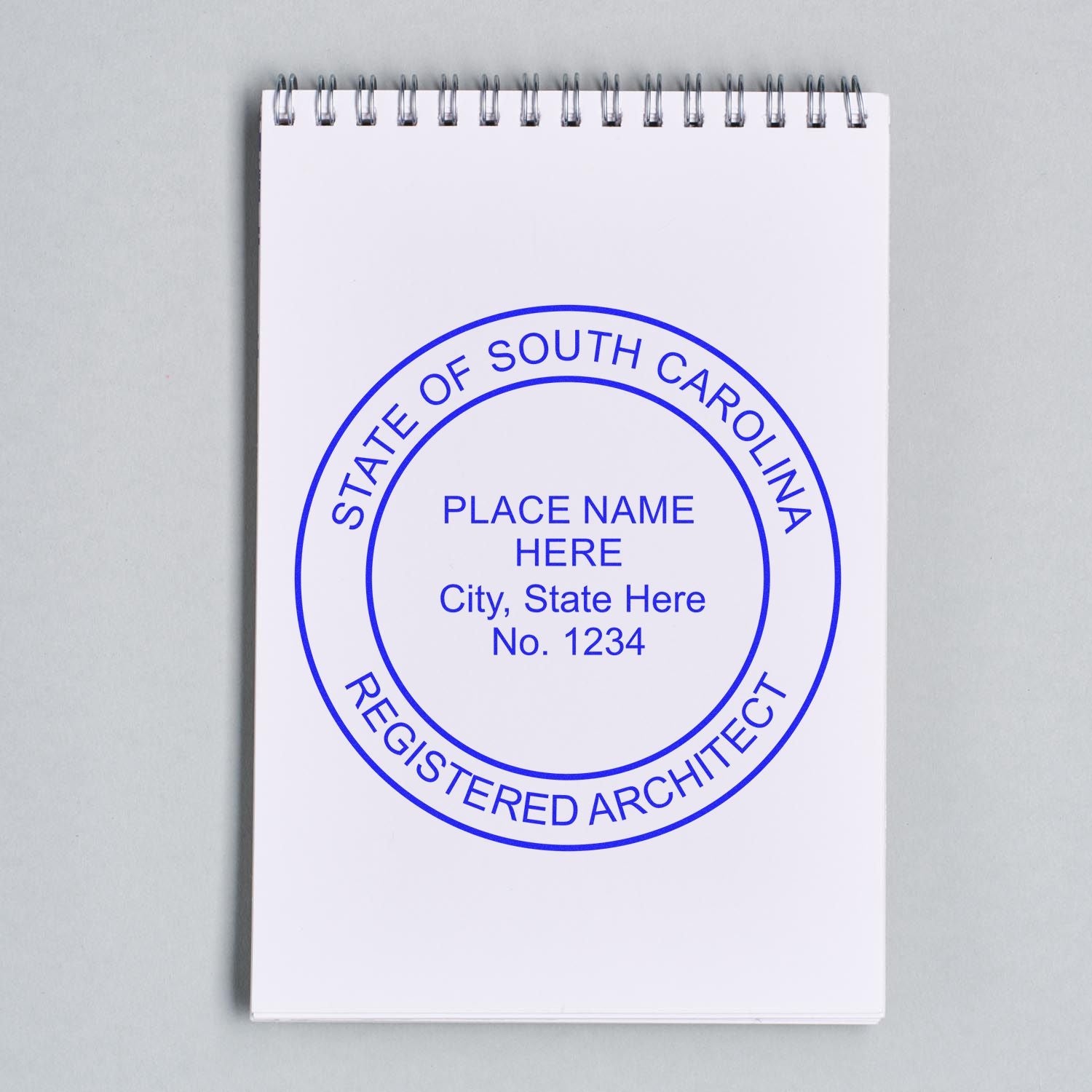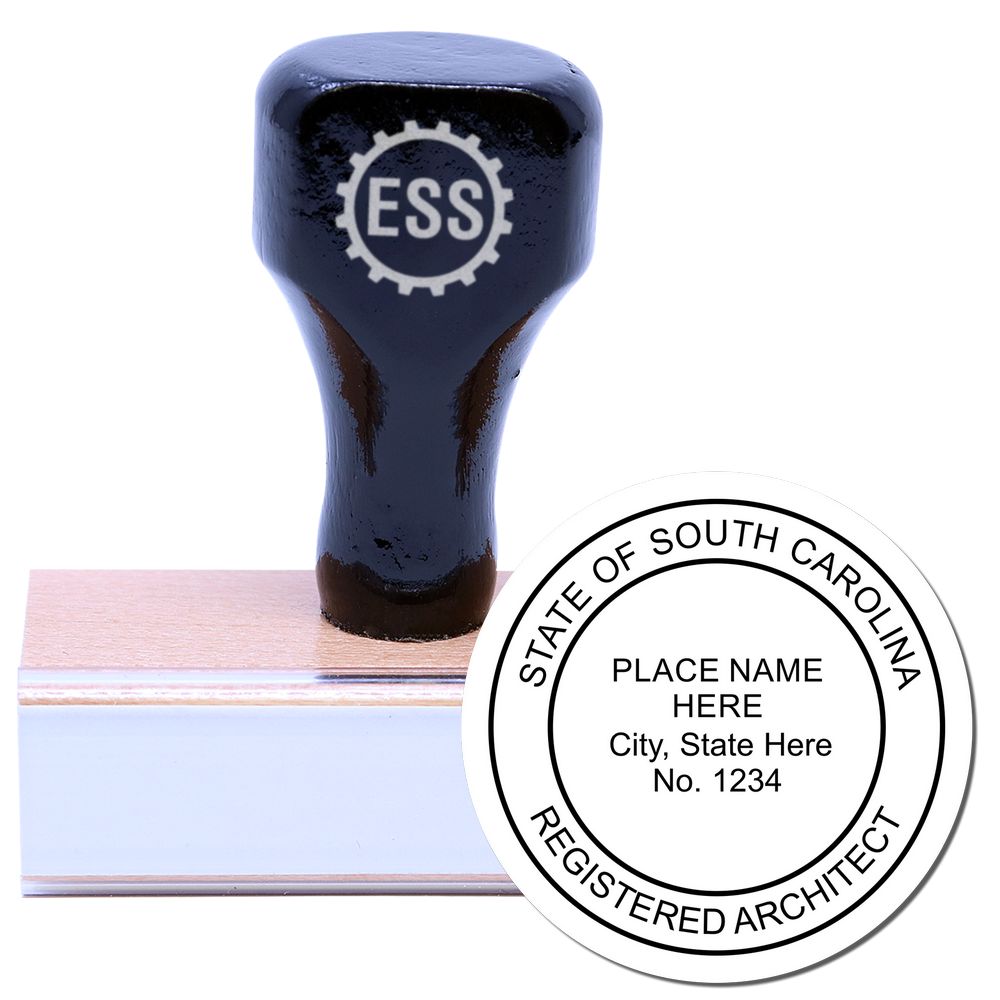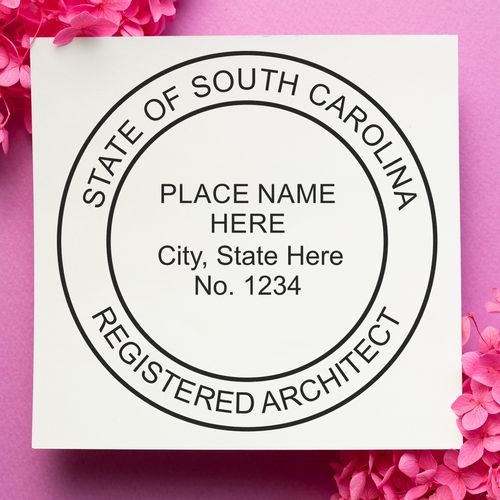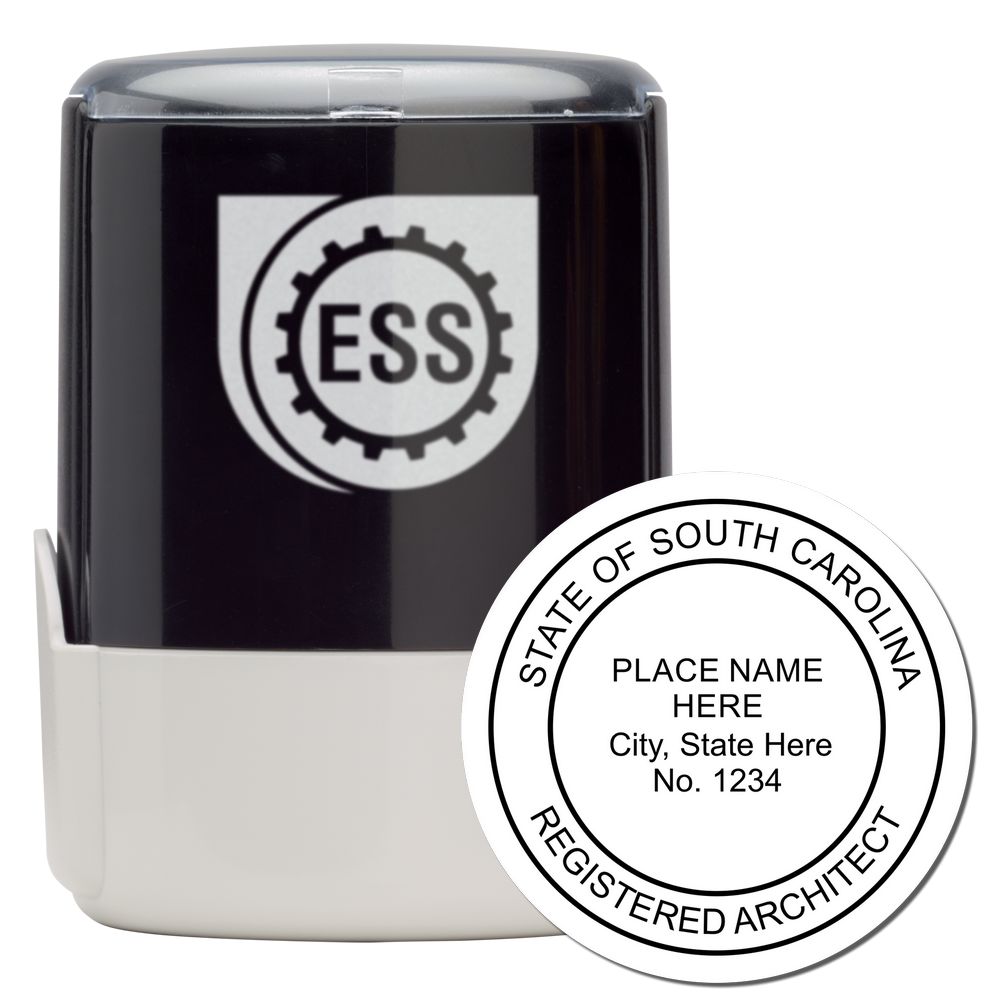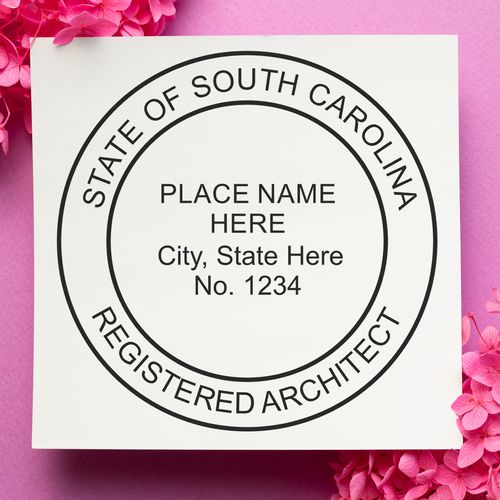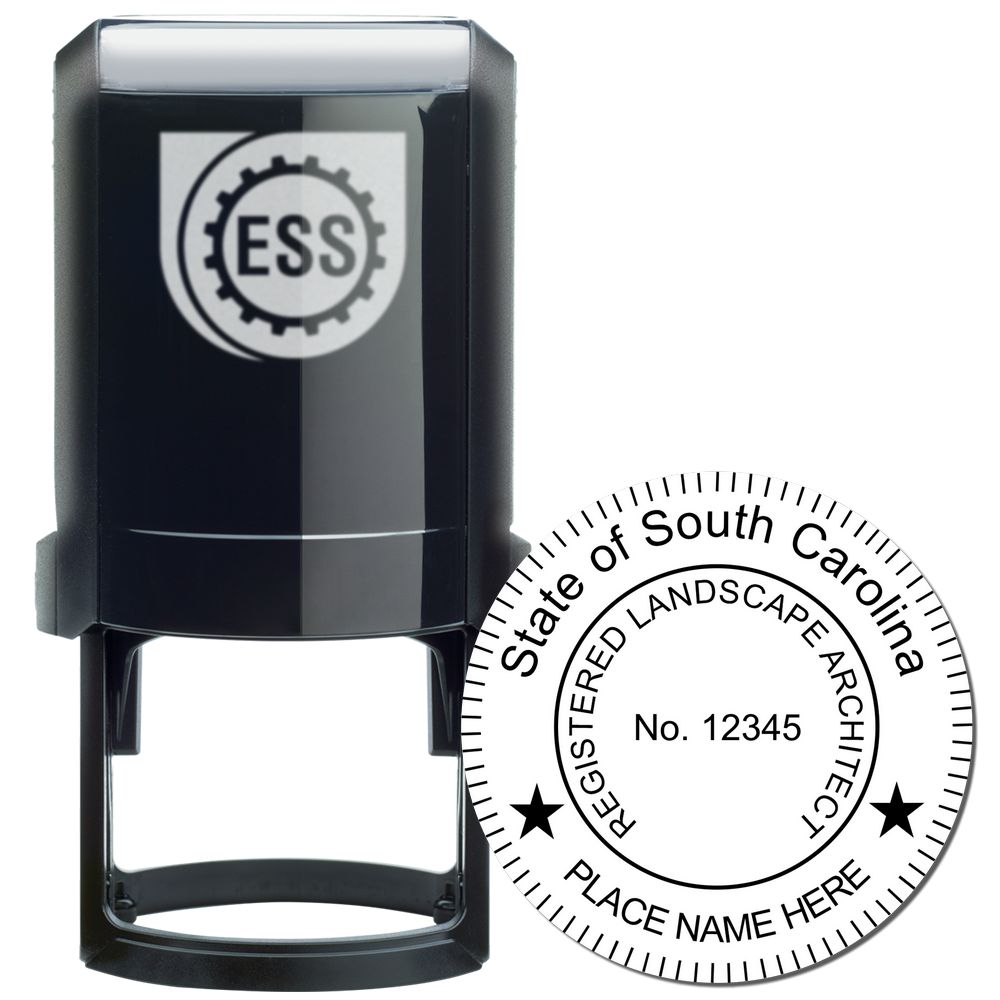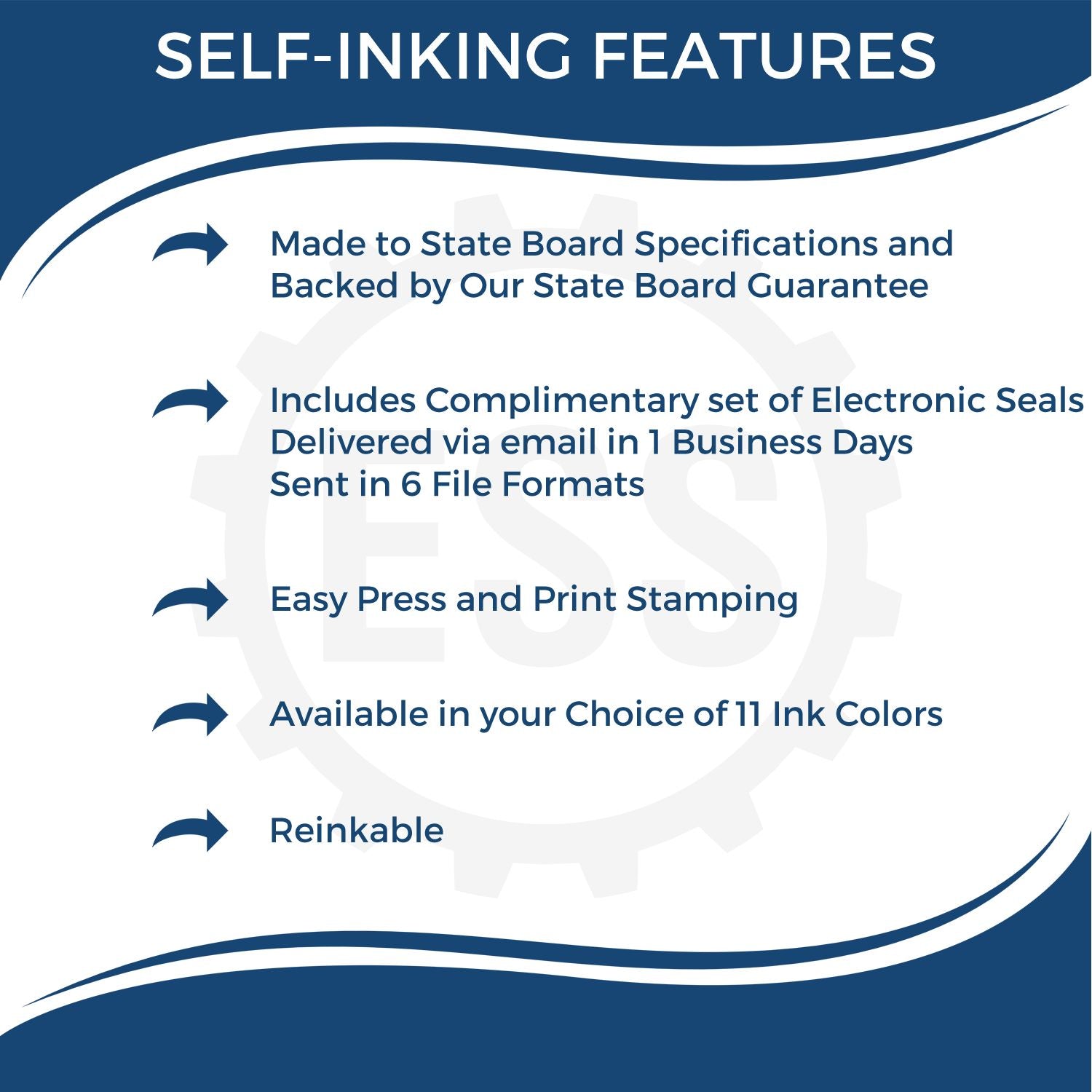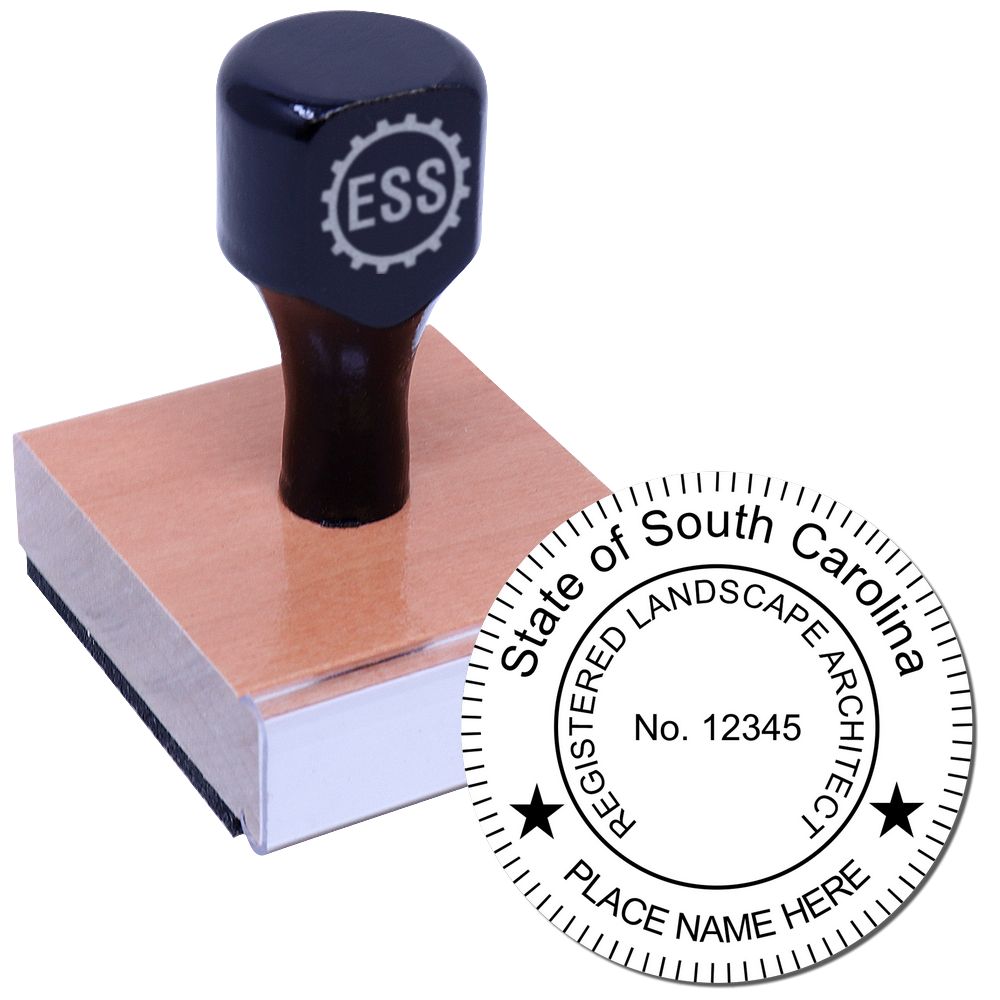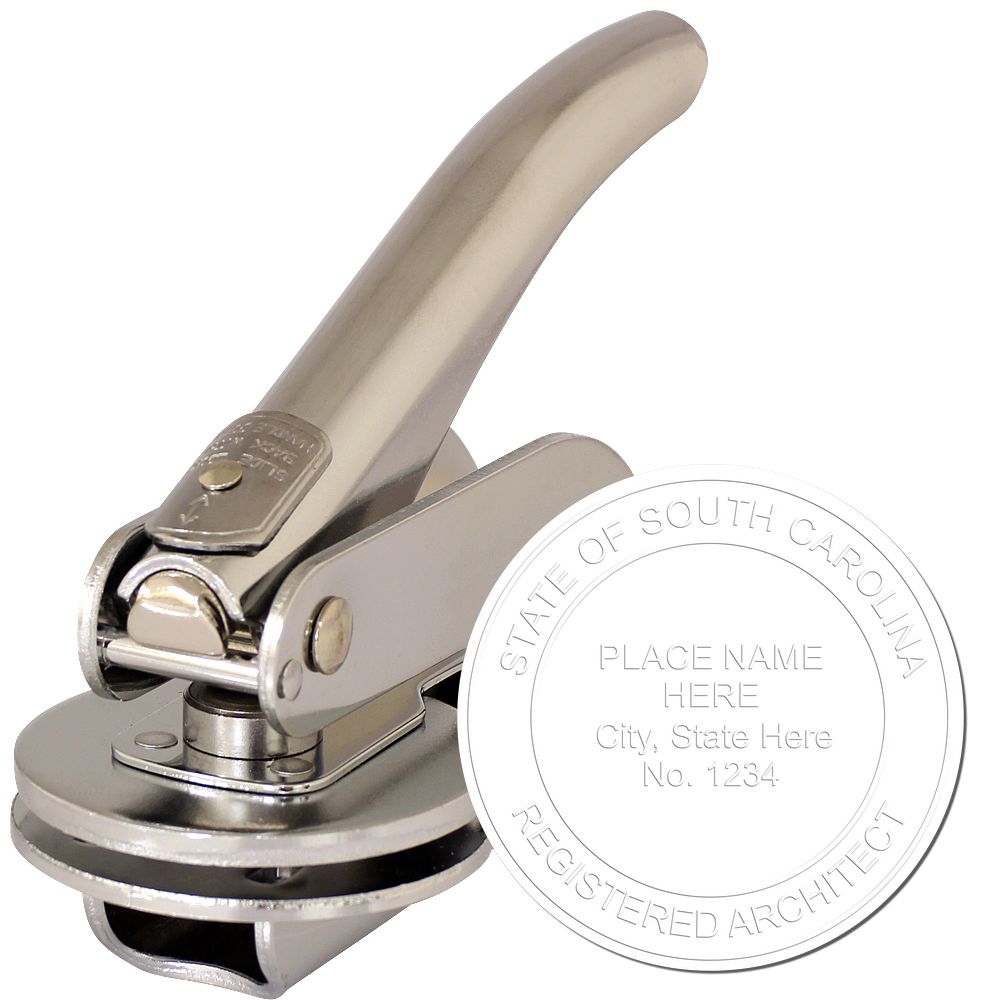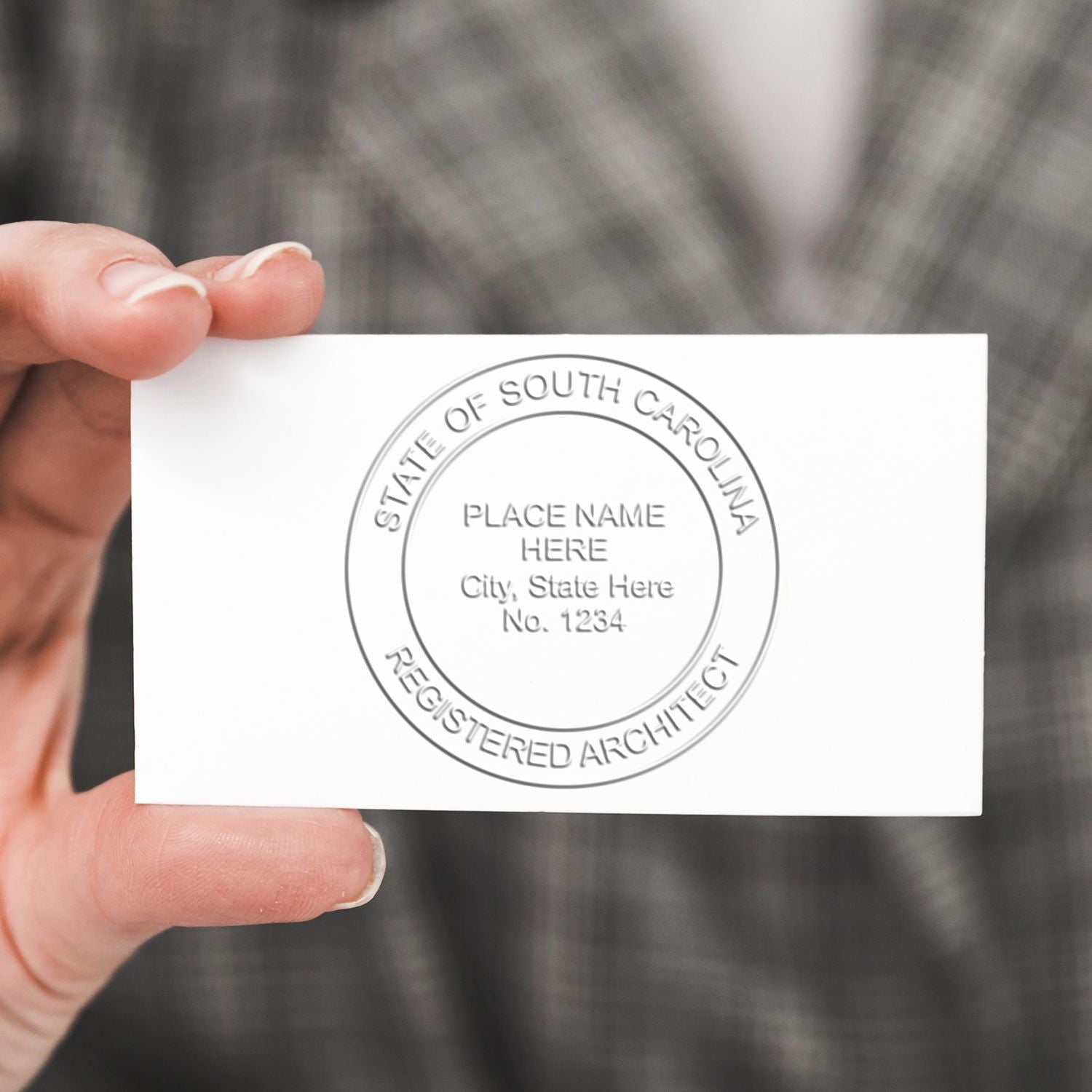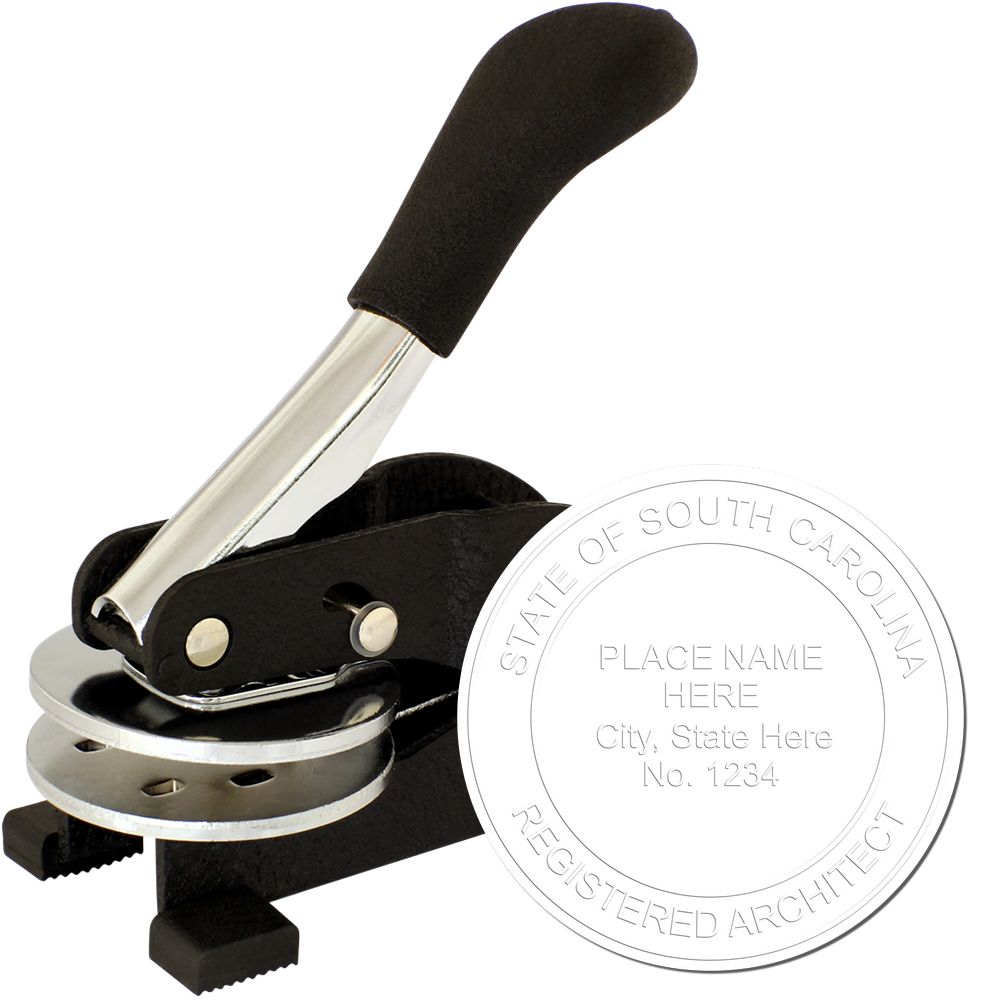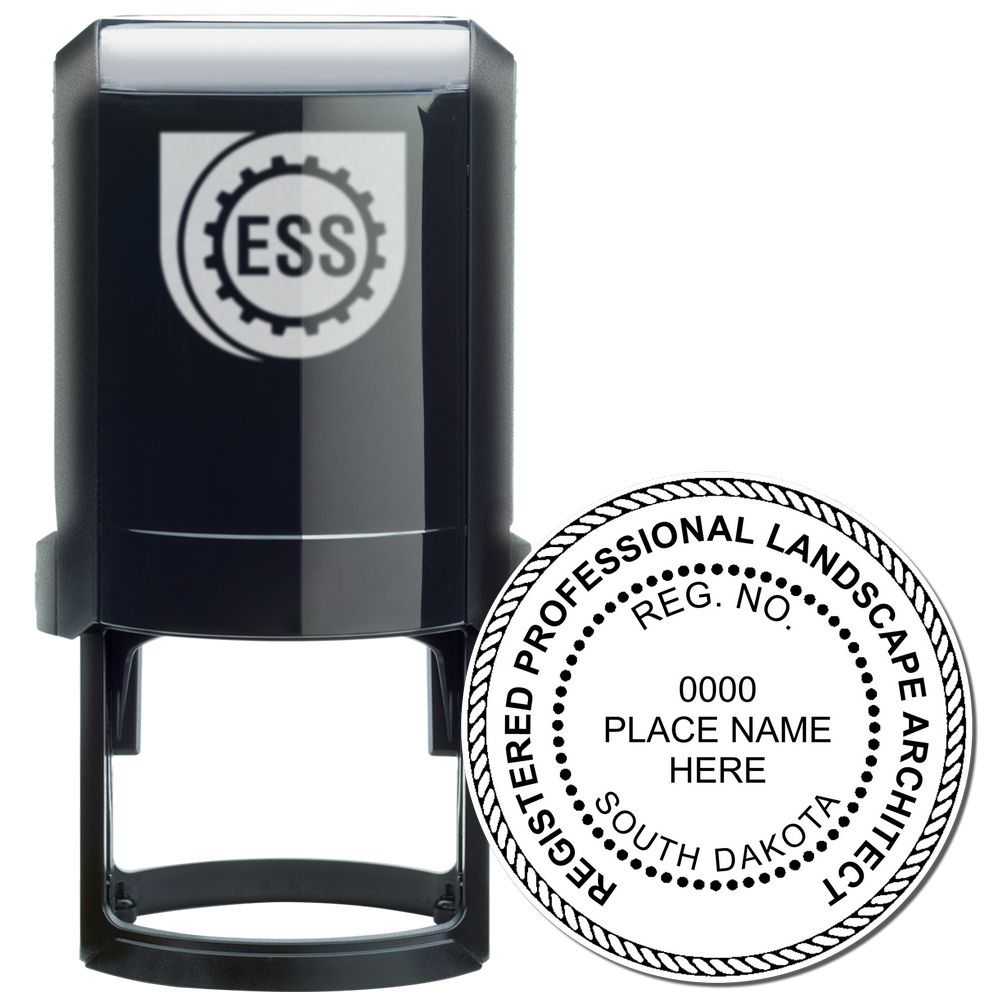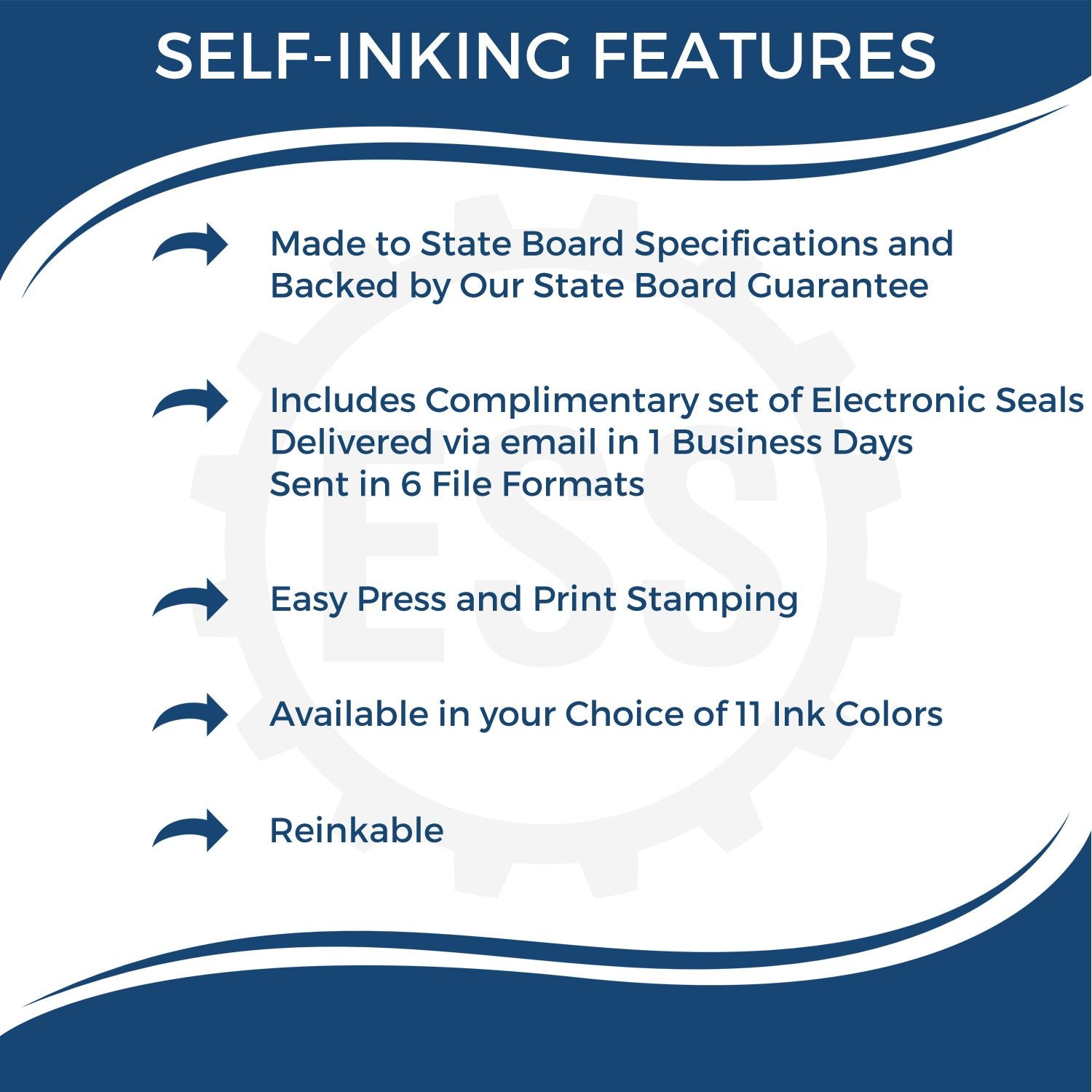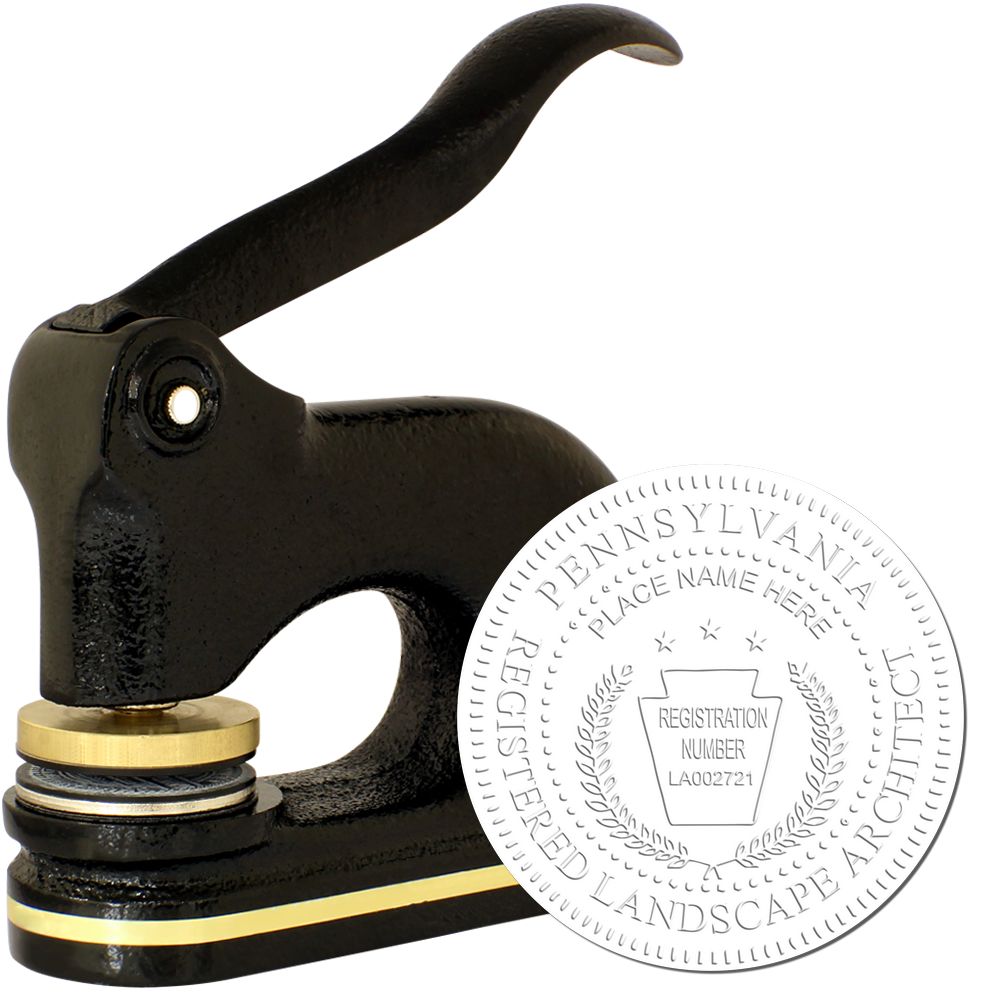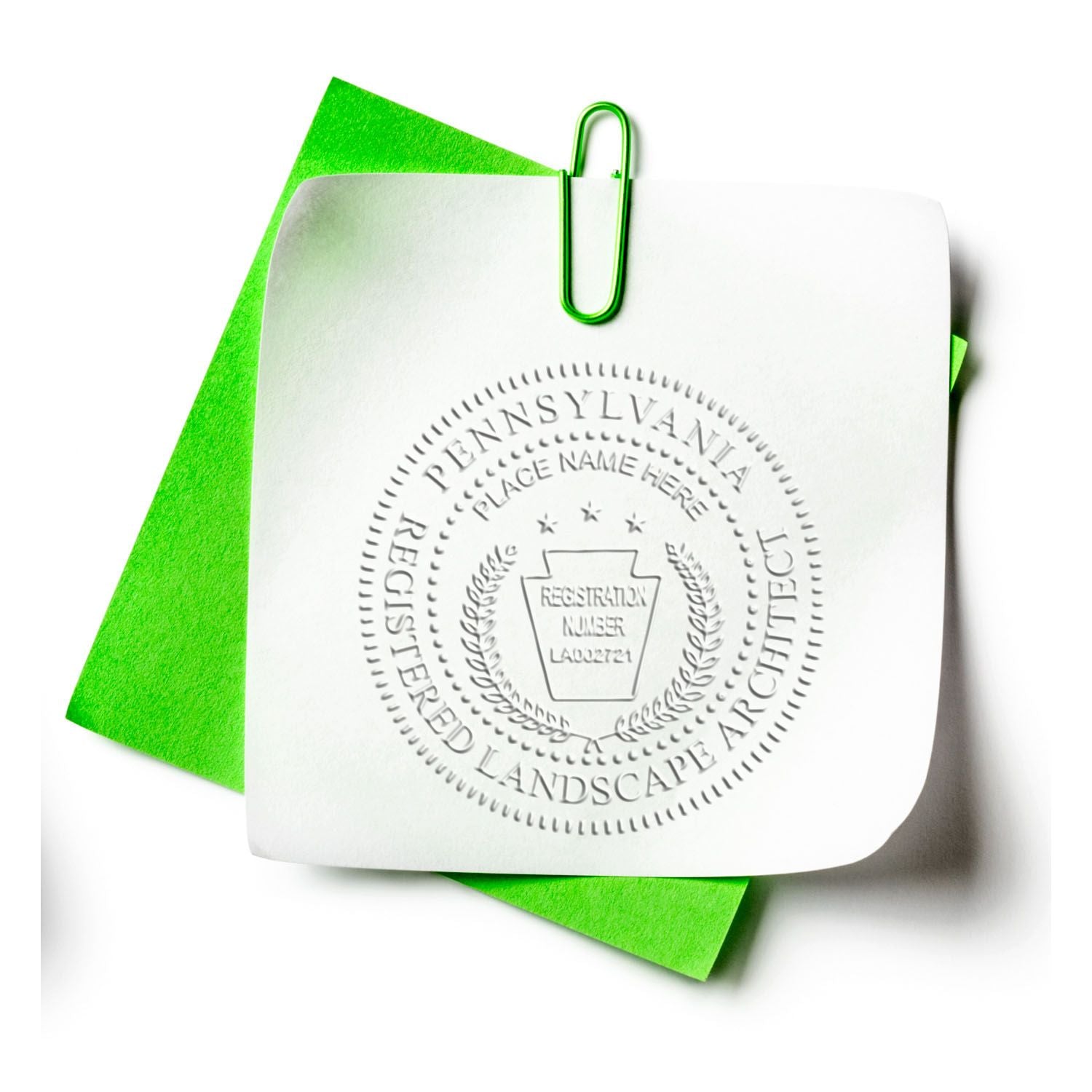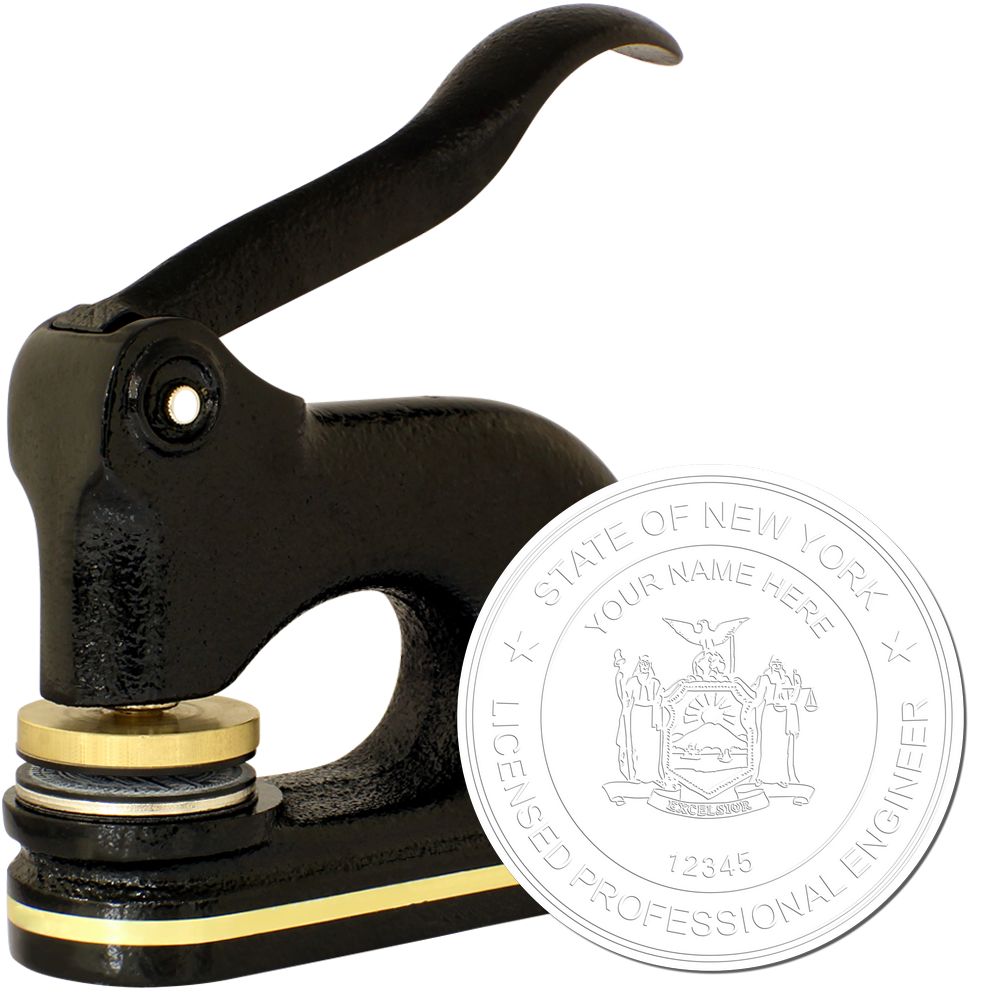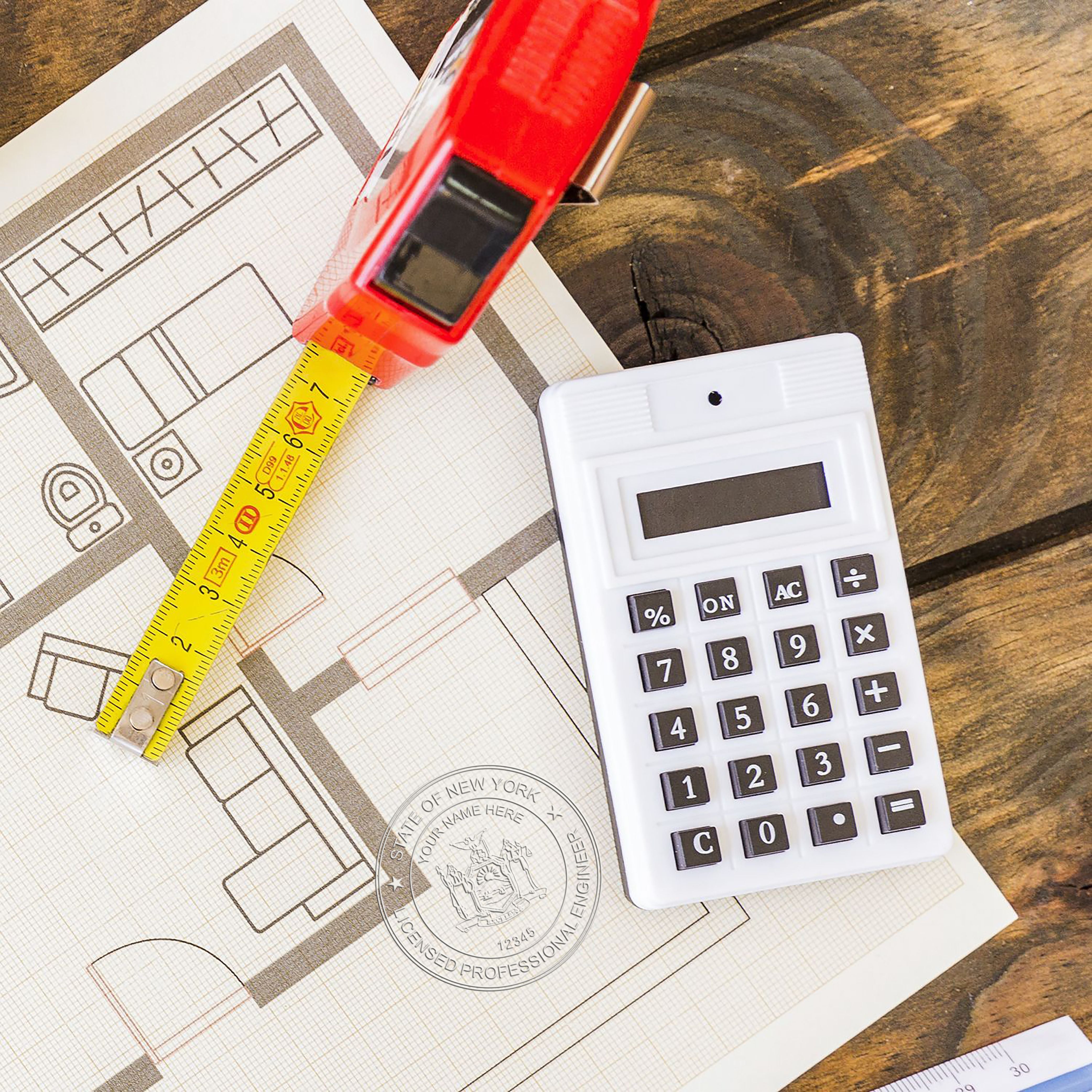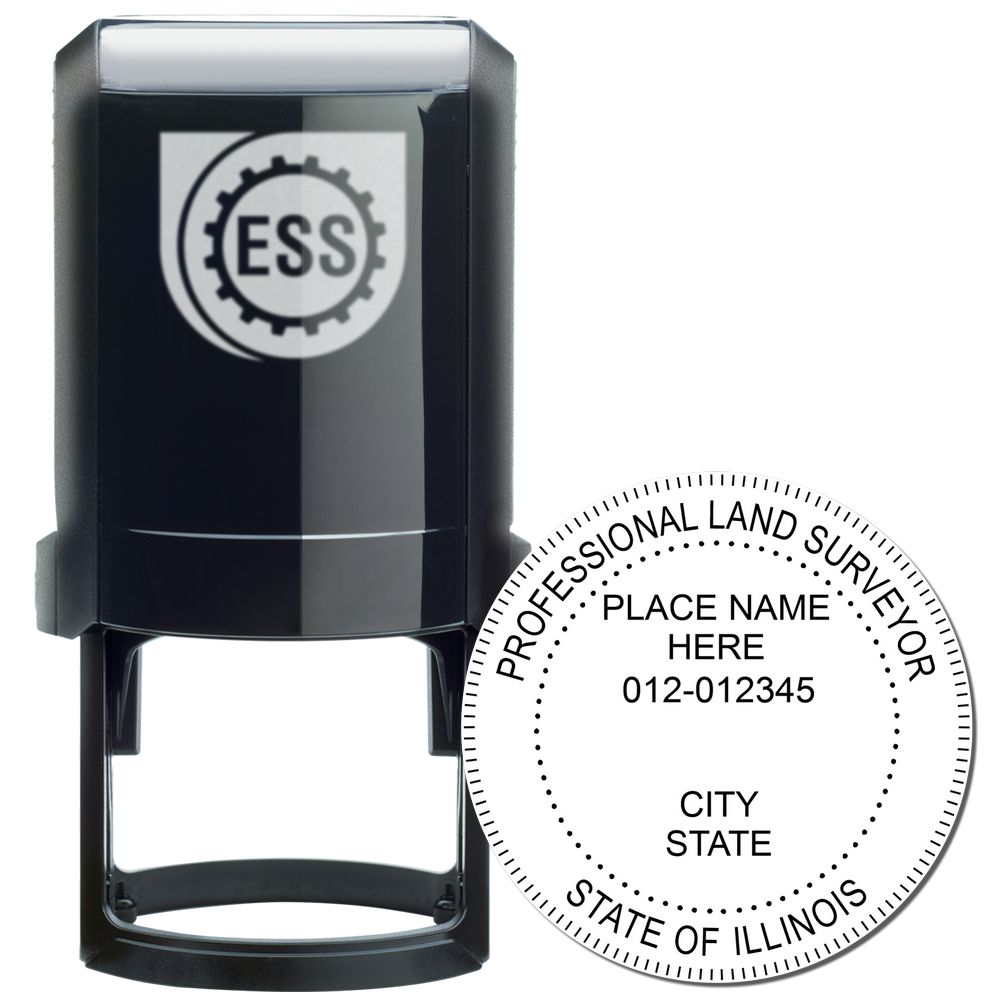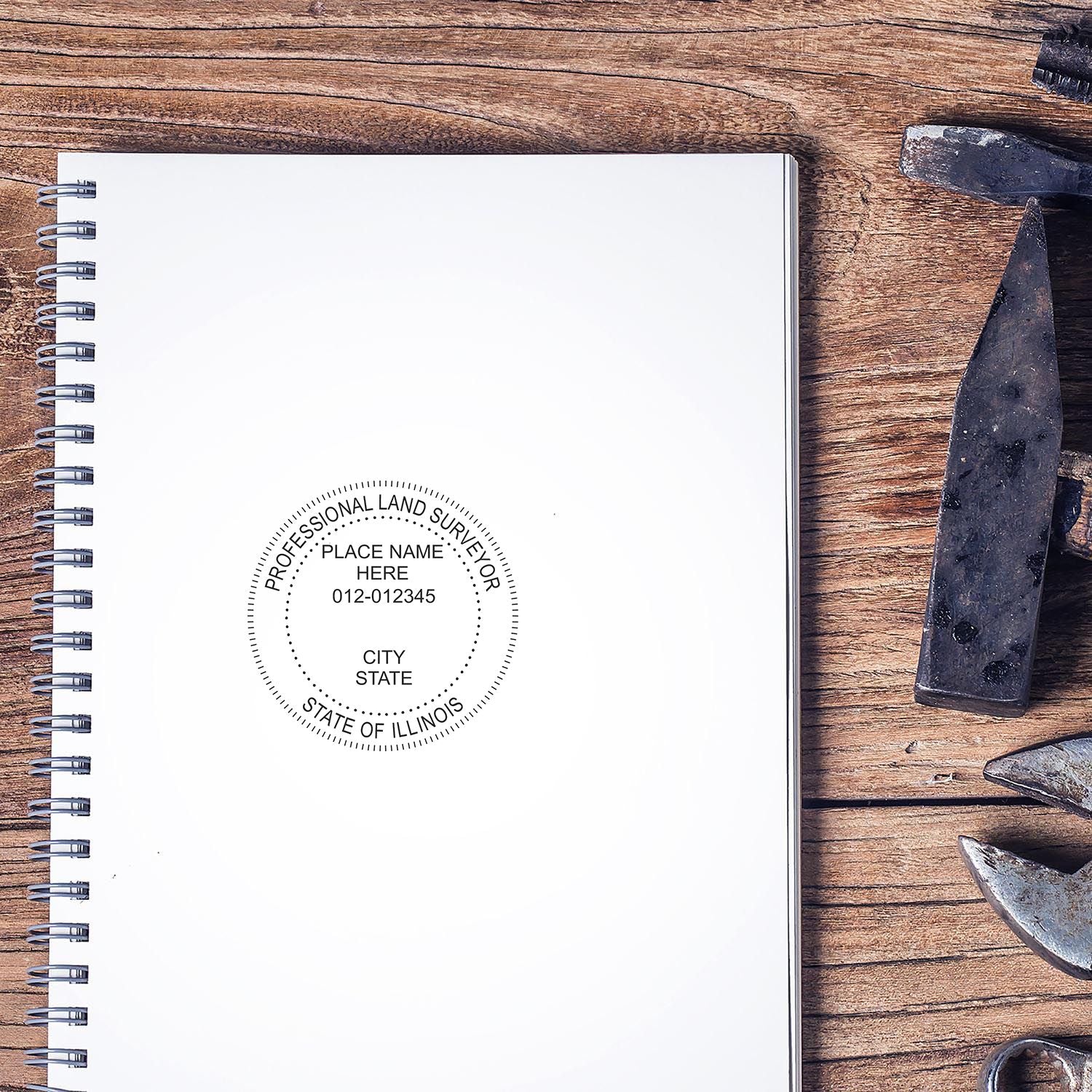South Carolina Architect Stamp: An Overview
Architect stamps play a crucial role in the architectural field, providing authentication and legal recognition to architectural documents. South Carolina, like many other states, has specific guidelines and requirements for architect stamps. Understanding these guidelines is essential for architects practicing in South Carolina.
Importance of Architect Stamps
Architect stamps hold significant importance in the world of architecture. They serve as an official seal of approval, indicating that an architect has reviewed and taken responsibility for the plans, drawings, or other architectural documents. Architect stamps provide credibility and ensure that the documents meet the necessary legal and professional standards.
Purpose of South Carolina Architect Stamps
In South Carolina, architect stamps serve several purposes. They serve as proof that an architect is licensed to practice in the state and that the architectural documents have been prepared under their supervision. South Carolina architect stamps also help protect the public by ensuring that architectural plans and drawings comply with state regulations and building codes.
Understanding the Guidelines
To ensure compliance with South Carolina regulations, architects must familiarize themselves with the guidelines for using architect stamps in the state. These guidelines outline the legal requirements, design specifications, and size and placement guidelines for architect stamps.
Architects in South Carolina must have a valid architect license to use an architect stamp. The license number should be included on the stamp, along with the architect's printed or stamped name. The design of the architect stamp should follow the specifications set by the state, which can include the state name, the words "Architect" or "Registered Architect," and other required elements. For more details on South Carolina architect stamp requirements, refer to our article on south carolina architect stamp requirements.
Understanding and adhering to the guidelines for using architect stamps is essential for architects practicing in South Carolina. By following these guidelines, architects can confidently authenticate their architectural documents and ensure compliance with the state's regulations and standards.
South Carolina Architect Stamp Requirements
To ensure compliance with South Carolina regulations, architects must adhere to specific requirements when using architect stamps. These requirements encompass both legal and design aspects, as well as guidelines regarding the size and placement of the stamp.
Legal Requirements for Architect Stamps
Architect stamps in South Carolina must meet certain legal requirements. The stamp should include the architect's full name, license number, and the phrase "Registered Architect" or "Architect". These details help to identify the architect responsible for the project and verify their professional qualifications.
In addition to personal information, the stamp should also feature the name of the firm or company the architect is associated with, if applicable. This information further establishes the architect's affiliation and demonstrates accountability for the work performed.
Design Requirements for Architect Stamps
The design of the architect stamp is another important consideration. While South Carolina does not have specific design restrictions, it is advisable to create a stamp that is clear, legible, and professional. The stamp should be easily recognizable and should not be altered or tampered with once applied.


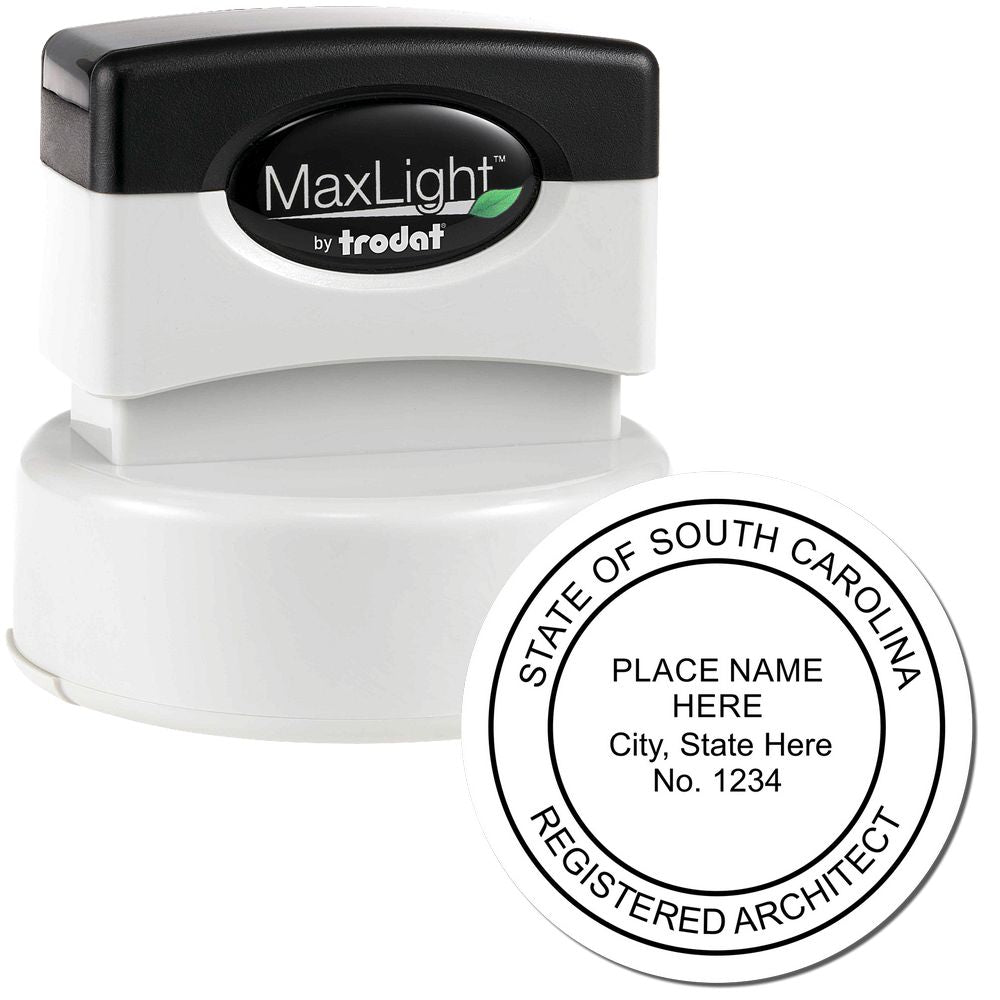
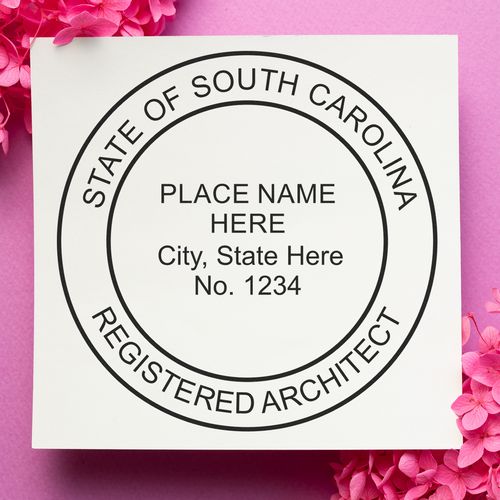
Architects have the flexibility to design their own stamp, incorporating their personal style or adding a touch of branding. However, it is crucial to ensure that the stamp meets the legal requirements mentioned earlier and does not deviate from the professional standards expected.
Size and Placement Guidelines
South Carolina also provides guidelines for the size and placement of architect stamps. The stamp should be clearly visible and readable on the documents it is affixed to. It is recommended to place the stamp on the title page or cover sheet, as well as any other relevant pages.
The size of the architect stamp is not explicitly defined, but it should be large enough to be easily identified. Architects should consider the scale of the documents they typically work with and choose a stamp size that is appropriate for the intended use.
Proper placement of the architect stamp ensures that it does not interfere with the document's content or layout. It should be positioned in a way that does not obscure any important information or compromise the integrity of the document.
By adhering to the South Carolina architect stamp requirements, architects can confidently authenticate their work and demonstrate their professional qualifications. Remember to stay updated on any changes or updates to the guidelines to ensure continued compliance. For more information on South Carolina architect stamp requirements, visit our article on south carolina architect stamp requirements.
Choosing the Right South Carolina Architect Stamp
When it comes to selecting a South Carolina architect stamp, there are several factors to consider. The right stamp not only meets the necessary requirements but also reflects your professionalism and personal style. Here are some important considerations to keep in mind:
Factors to Consider
-
Type of Stamp: Determine whether you need a traditional hand-held stamp or a self-inking stamp. Traditional stamps require a separate ink pad and offer more customization options, while self-inking stamps are convenient and mess-free.
-
Stamp Size: Choose a stamp size that suits your needs. Consider the amount of information you want to include on the stamp and ensure that it meets the size guidelines set by the South Carolina Board of Architectural Examiners.
-
Quality and Durability: Look for a stamp made from high-quality materials that will withstand repeated use. A durable stamp ensures clear and legible imprints, even after continuous use.
-
Customization Options: Personalize your architect stamp by including your name, license number, and any additional information required by the South Carolina Board of Architectural Examiners. Explore customization options offered by reputable stamp manufacturers.
Customization Options
South Carolina architect stamps can be customized to meet your specific requirements. Consider including the following information on your stamp:
| Information | Examples |
|---|---|
| Name | John A. Smith, Architect |
| License Number | 12345 |
| Business Name | Smith Architects, LLC |
| Designation | AIA, NCARB |
Ensure that the font size and style comply with the South Carolina architect stamp guidelines. For more information on stamp design requirements, refer to our article on South Carolina architect stamp design.
Where to Purchase
To obtain a South Carolina architect stamp, it's important to choose a reputable stamp provider. Look for a company that specializes in professional stamps and has a track record of delivering high-quality products. Consider factors such as customer reviews, product guarantees, and prompt customer support.
While there are various online retailers that offer architect stamps, it's crucial to choose a provider that understands the specific requirements of South Carolina architect stamps. For more information on where to purchase a South Carolina architect stamp, visit our article on architect stamp South Carolina.
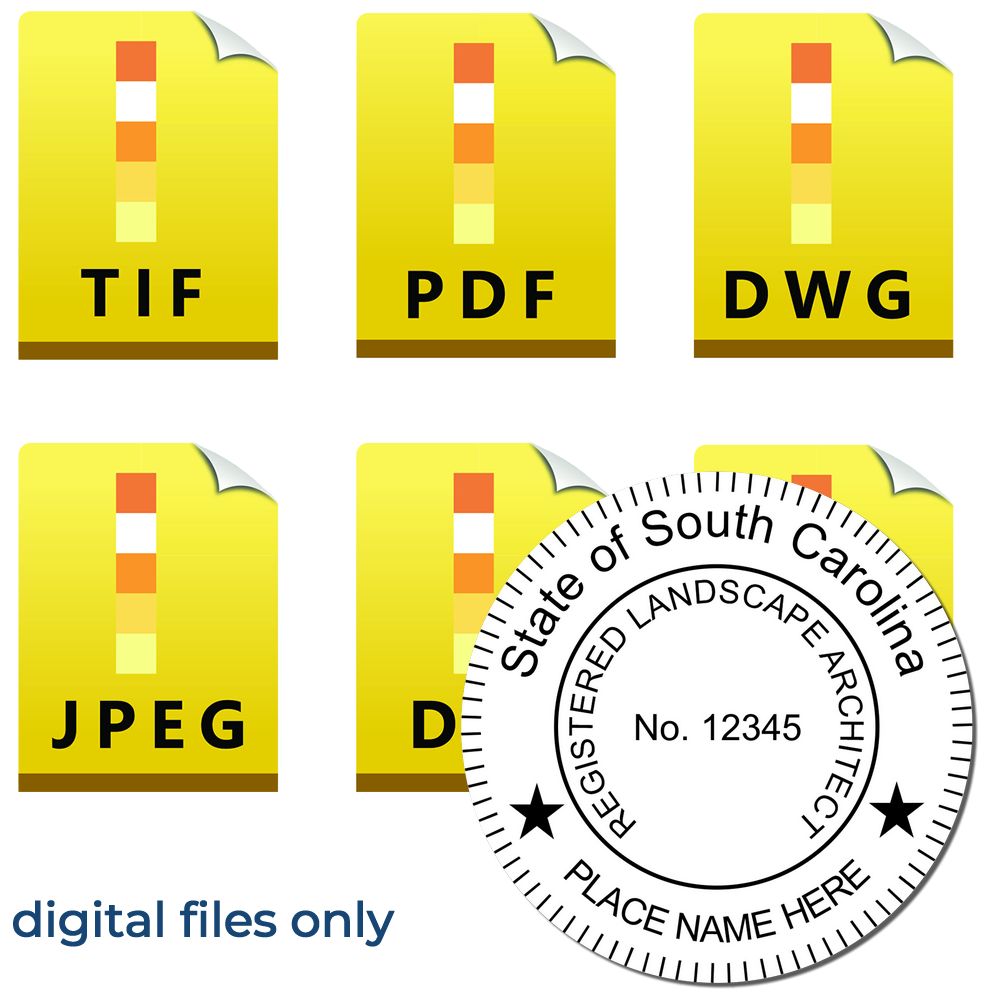
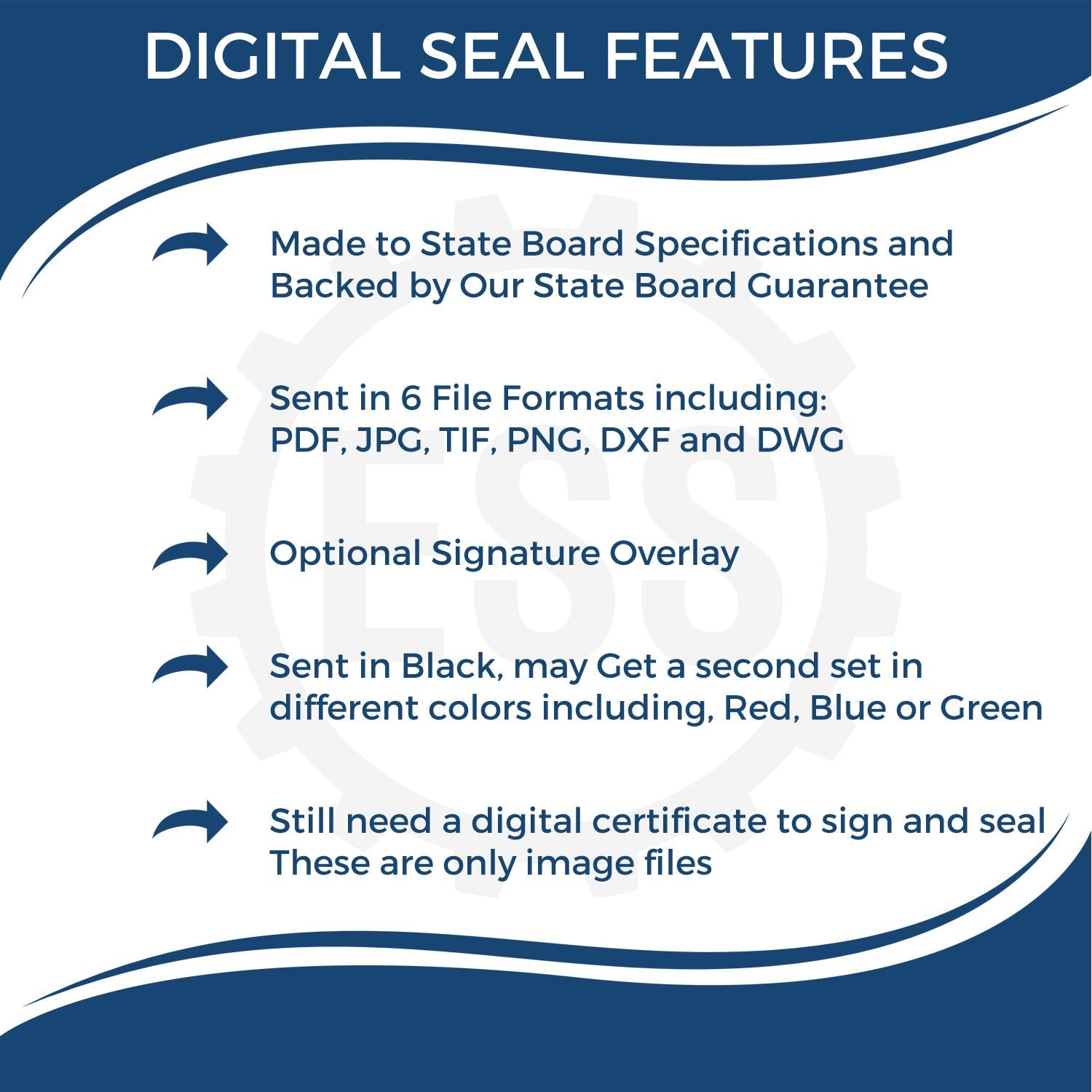

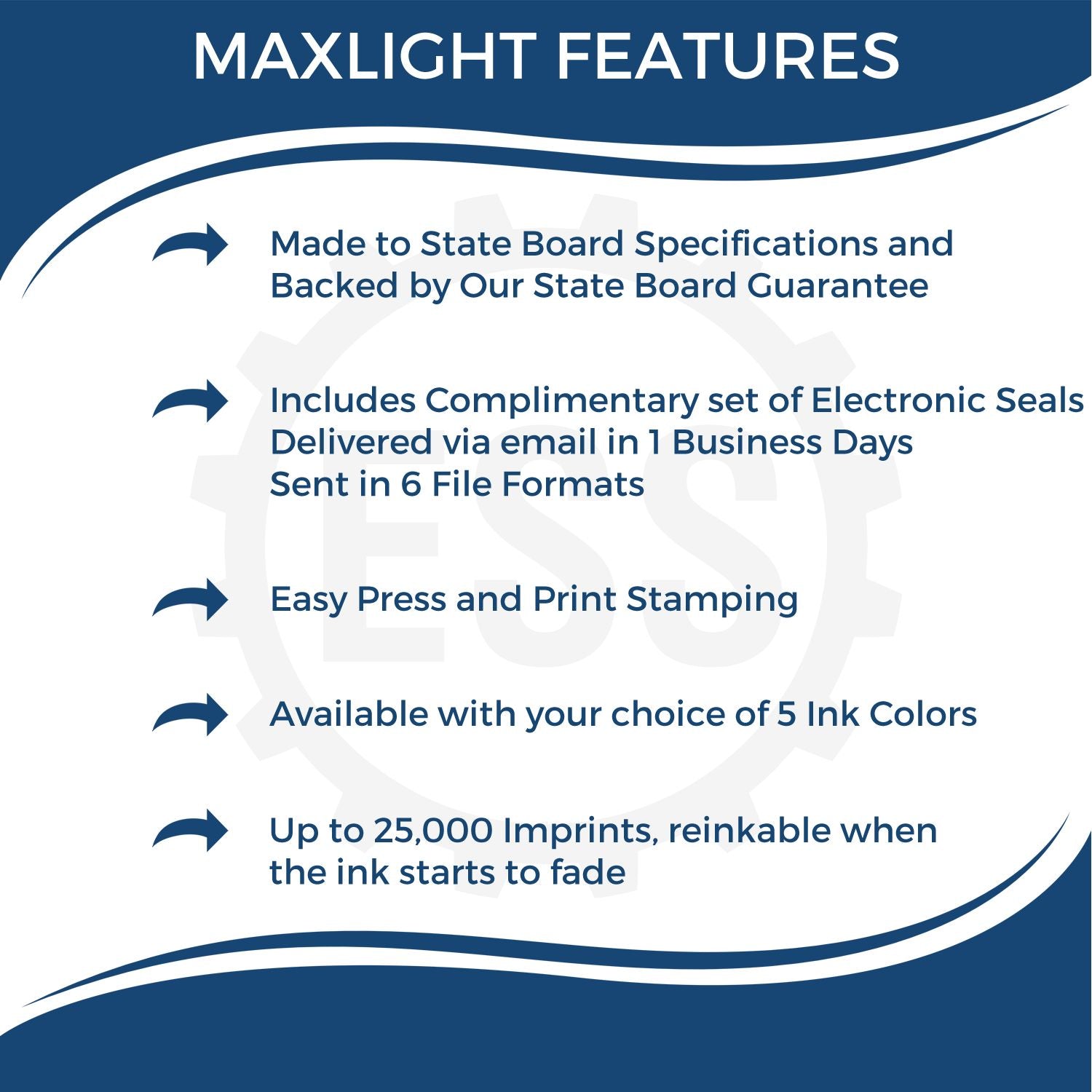
By considering these factors and exploring customization options, you can find the right South Carolina architect stamp that meets all the necessary requirements while reflecting your professionalism and personal style. Remember to stay updated on the South Carolina architect stamp requirements and comply with the guidelines set by the South Carolina Board of Architectural Examiners.
Proper Use of Architect Stamps
Architect stamps play a crucial role in the professional life of an architect, serving as a symbol of their expertise and authority. Understanding the proper use of architect stamps is essential to ensure compliance with regulations and fulfill professional responsibilities. This section will cover important aspects of using architect stamps, including signing and sealing documents, ensuring compliance with regulations, and professional responsibilities.
Signing and Sealing Documents
One of the primary purposes of architect stamps is to sign and seal documents. In South Carolina, architects are required to sign and seal certain documents to indicate their professional approval and responsibility for the work performed. The documents that typically require an architect's stamp include construction drawings, specifications, and other important project-related documents.
By signing and sealing these documents with their architect stamp, architects are affirming that they have reviewed and taken responsibility for the accuracy, completeness, and compliance of the designs and plans. This step is crucial to protect public safety and ensure that buildings and structures meet the necessary codes and regulations.
Ensuring Compliance with Regulations
Architects in South Carolina must adhere to specific regulations and guidelines when using architect stamps. It is important to ensure compliance with these regulations to avoid any legal or professional consequences. Familiarize yourself with the South Carolina architect stamp requirements and any additional regulations set forth by the South Carolina Board of Architectural Examiners.
When using an architect stamp, architects must ensure that all necessary information is included and legible. This may include their name, license number, and other required information. Stamps must also meet the design requirements specified by the state. For more information on the design specifications of the South Carolina architect stamp, refer to our article on South Carolina architect stamp design.
Professional Responsibilities
Architects have professional responsibilities that go beyond signing and sealing documents with their architect stamp. These responsibilities include upholding ethical standards, maintaining competence in their field, and staying updated on industry regulations and best practices.
Architects should continue to enhance their knowledge and skills through continuing education and professional development opportunities. This ensures that they stay informed about the latest trends, technologies, and regulations in the architectural field. By staying updated, architects can provide the highest level of service to their clients and contribute to the advancement of their profession.
Additionally, architects should be aware of their professional liability and take appropriate measures to mitigate risks. This may include obtaining professional liability insurance and following prudent business practices.
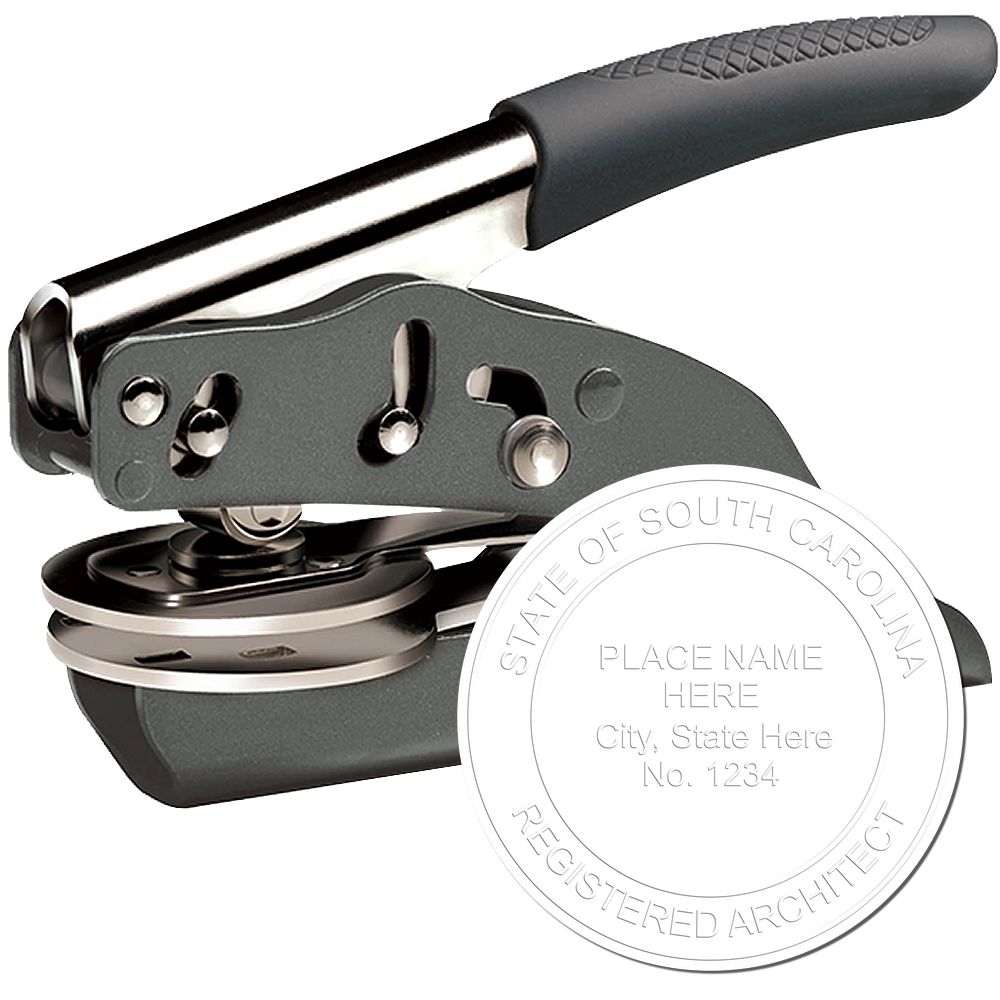

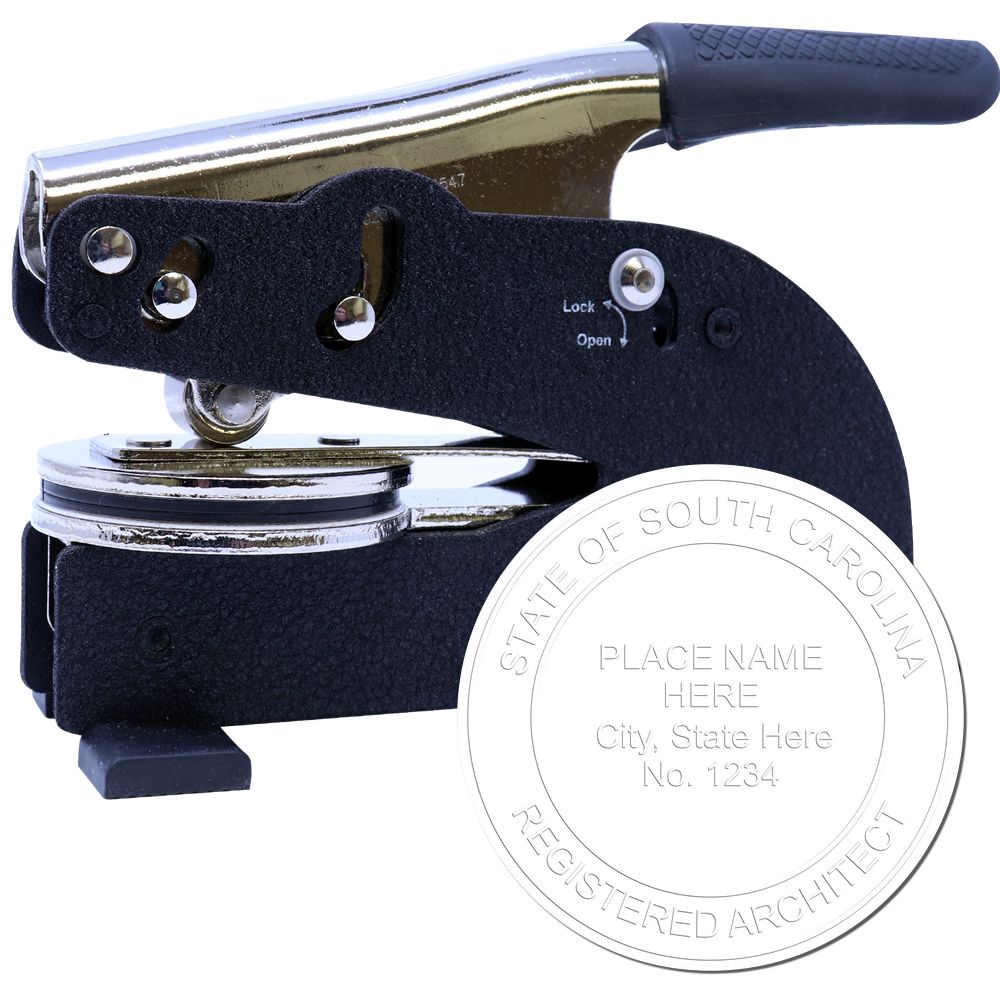
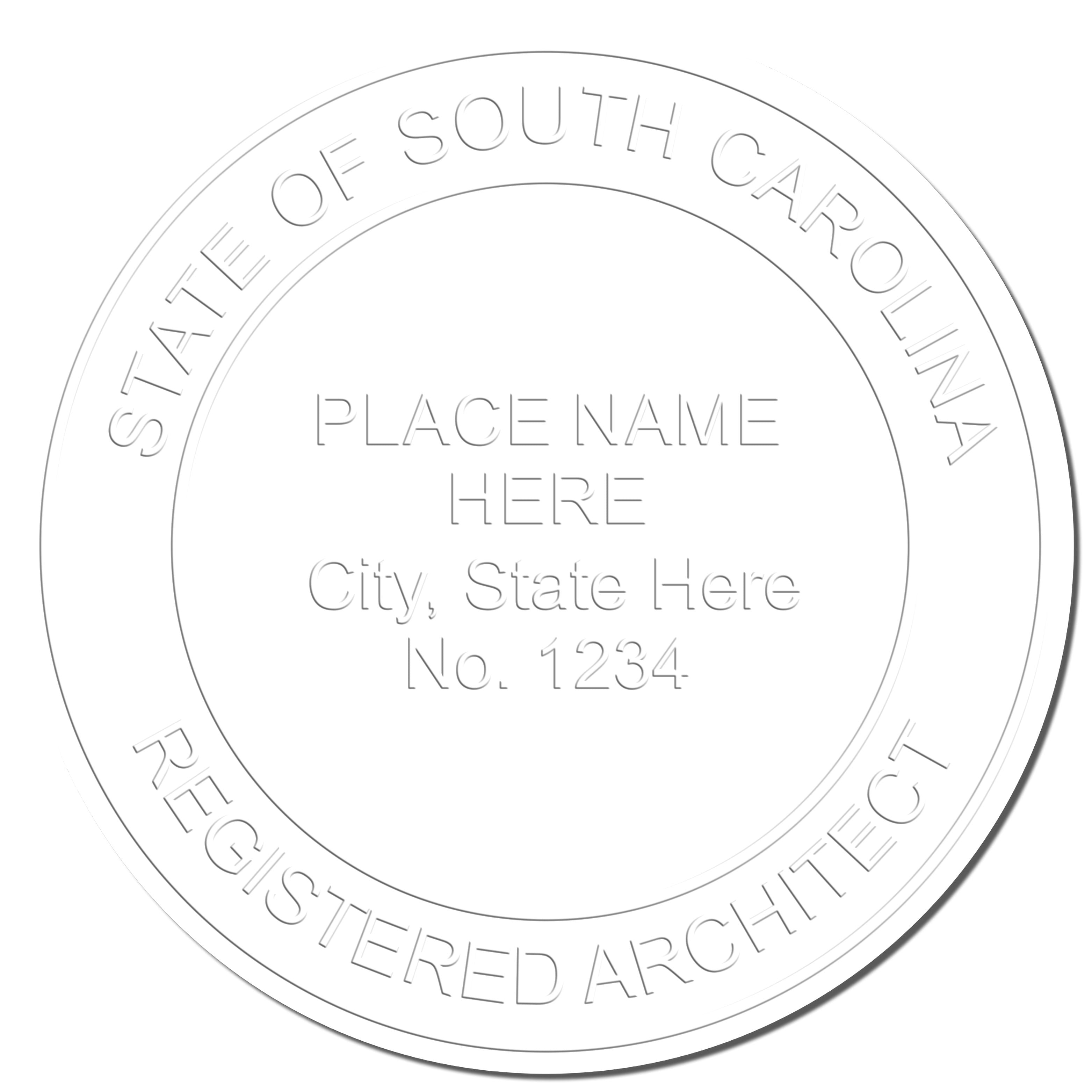
By understanding and adhering to the guidelines for using architect stamps, architects can navigate their professional responsibilities with confidence and ensure the highest level of professionalism in their work.
Staying Updated on South Carolina Architect Stamp Guidelines
To ensure compliance with the latest regulations and requirements, architects in South Carolina must stay informed about the updates and changes in the guidelines concerning architect stamps. By monitoring these updates, architects can confidently navigate the process of using architect stamps and stay up-to-date with industry standards.
Monitoring Changes and Updates
Architects should regularly check for updates and changes to the South Carolina architect stamp guidelines. This can be done by visiting the official website of the South Carolina Board of Architectural Examiners or subscribing to their mailing list for notifications. It is essential to review any new regulations or modifications to existing guidelines to maintain compliance with the state's requirements.
Resources for Architects
There are several resources available to architects in South Carolina to help them understand and navigate the architect stamp guidelines effectively. The South Carolina Board of Architectural Examiners provides comprehensive information on their website, including frequently asked questions, guidance documents, and downloadable resources. Architects can also consult relevant professional organizations, such as the American Institute of Architects (AIA), for additional guidance and support.
Continuing Education and Professional Development
Continuing education and professional development play a vital role in staying updated on architect stamp guidelines. Architects should actively participate in relevant seminars, workshops, and conferences that address current industry trends and regulatory changes. By investing in ongoing education, architects can enhance their knowledge base, stay current with best practices, and ensure compliance with South Carolina architect stamp guidelines.
Staying informed about changes and updates, utilizing available resources, and engaging in continuing education opportunities are integral to navigating the South Carolina architect stamp guidelines with confidence. By doing so, architects can uphold professional standards, meet legal requirements, and maintain the integrity of their work. For more information on South Carolina architect stamp requirements, please refer to our article on south carolina architect stamp requirements.
About ESS
At Engineer Seal Stamps, or ESS, we intertwine craftsmanship with commitment. As esteemed makers of custom rubber stamps, professional seals, and notary stamps, we pride ourselves on delivering products that stand as a testament to our dedication to quality. But our distinction lies in our approach to service: our unwavering commitment to stellar customer service ensures that every interaction, every detail, and every product is meticulously handled with you in mind. Furthermore, we confidently stand behind our products, offering a state board guarantee on our entire range. With ESS, you're not just making a purchase; you're investing in reliability, precision, and a legacy of unparalleled service.

